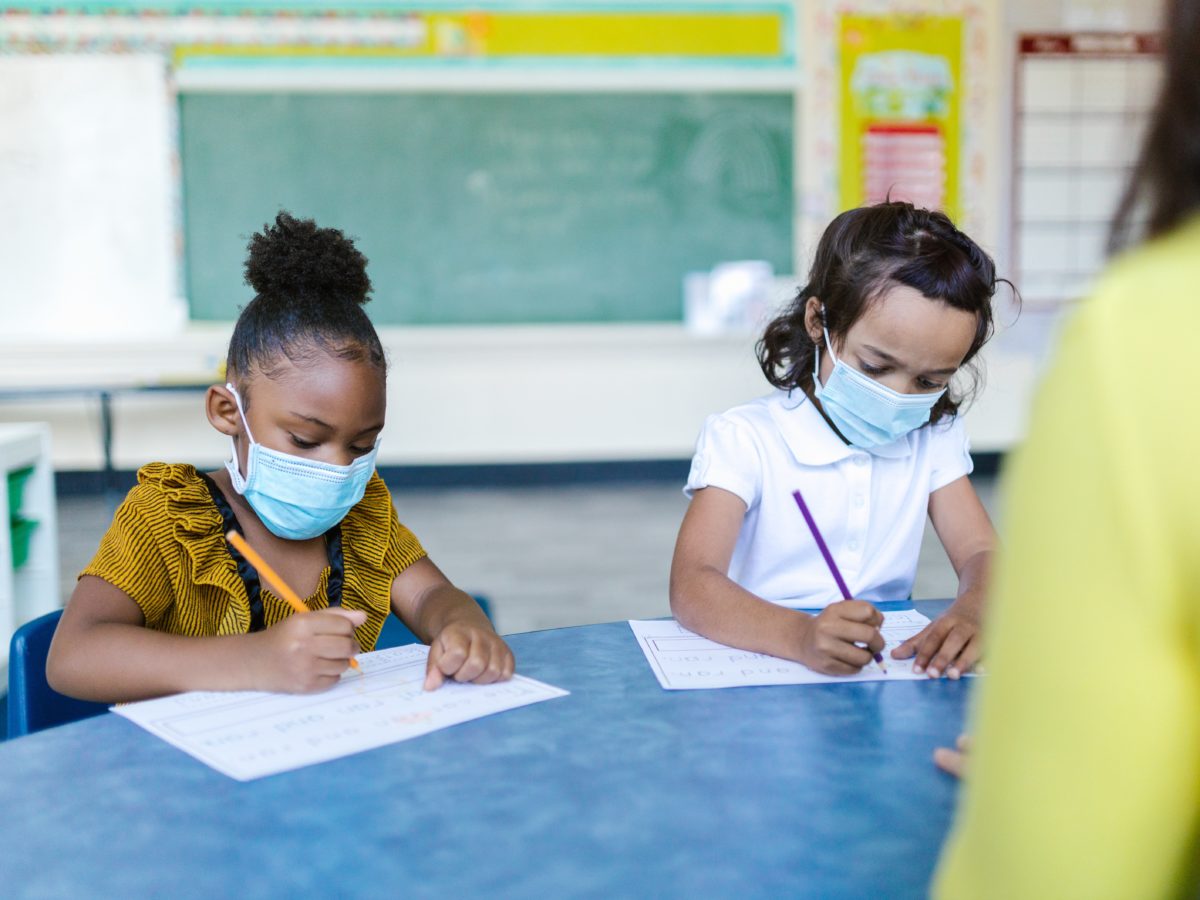

At first glance, the data seem counterintuitive. As the COVID contagion disrupted education, child care, office work, sports and entertainment, daily driving declined. And yet deaths from traffic crashes sadly have increased — in North Carolina and across the nation.
The state transportation department reports that 1,755 people were killed in traffic incidents in 2021 in North Carolina — a total that “exceeded the state’s previous record of 1,704 traffic fatalities in 2007.” North Carolina contributed to a national trend.
In its analysis of federal data, The New York Times reports that per capita vehicle deaths rose 17.5% from mid-2019 to mid-2021 — “the largest two-year increase since just after World War II.”
“Crashes — and deaths — began surging in the summer of 2020, surprising traffic experts who had hoped that relatively empty roads would cause accidents to decline,” writes David Leonhardt of The Times. “Instead, an increase in aggressive driving more than made up for the decline in driving. And crashes continued to increase when people returned to the roads, later in the pandemic… This grim trend is another way that two years of isolation and disruption have damaged life” across the country.
The Times’ analysis drills down into another layer that reinforces a central reality of the pandemic not only in traffic but also in education, health, and the economy. The pandemic has widened disparities along the lines of race, ethnicity, and class. In 2020, reports The Times, traffic deaths rose 7.2% overall, but 23% among Black Americans.
“Vehicle crashes might seem like an equal-opportunity public health problem, spanning racial and economic groups,” writes Leonhardt, but “traffic fatalities are much more common in low-income neighborhoods and among Native and Black Americans… There are multiple reasons, including socioeconomic differences in vehicle quality, road conditions, substance abuse and availability of crosswalks.”
In North Carolina, as across the nation, the pandemic’s dramatic disruption has also produced a parallel reality in public education. Enrollment declined, especially in kindergarten. Stress intensified among students and teachers. Student scores dropped. Disparities widened.
McKinsey and Company, the global management consulting firm, finds that a K-shaped recovery is emerging in education, much like the U.S. economy. A K-shaped recovery is a term used to describe a divergence between higher-income people rising and lower-income people falling.
Children of affluent parents are more likely to attend schools with a faculty rich in experienced and effective teachers and to have the benefits of tutoring, after-school programs, counseling, and mentoring. McKinsey analysts point with concern to absenteeism rates among lower-income students.
“While some students are making up lost ground, others are stagnating,” says the McKinsey analysis. “For example, students in majority-Black schools remain five months behind their historical levels in both mathematics and reading, while students in majority-white schools are now just two months behind their historical levels, widening pre-pandemic achievement gaps.”
“To not only prevent widening gaps in opportunity and achievement but also close them,” says McKinsey, “(state and local) systems can invest now to ensure all students have the chance to recover from the pandemic’s many setbacks and reach their full potential.”
In 2022, North Carolina will have the fiscal strength to invest. The K-shaped economic recovery, abetted by the stimulus supplied by multi-trillion-dollar federal relief measures in 2020 and 2021, continues to generate state revenues above expectations. North Carolina budget officials report revenues almost $1.4 billion ahead of projections in January, with another billion in sight by mid-summer.
“It’s going to take an all-hands-on-deck approach from communities, organizations and individual drivers to reverse this trend,” said Mark Ezzell, director of the N.C. Governor’s Highway Safety Program, in commenting on the COVID-period rise in traffic deaths. Indeed in shaping the recovery for North Carolina’s schools and their students, it’s going to take all-hands-on-deck determination to address what COVID wrought and not to let the lessons from the crisis go to waste.


